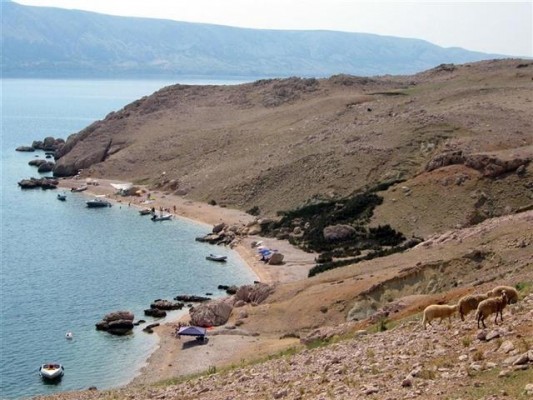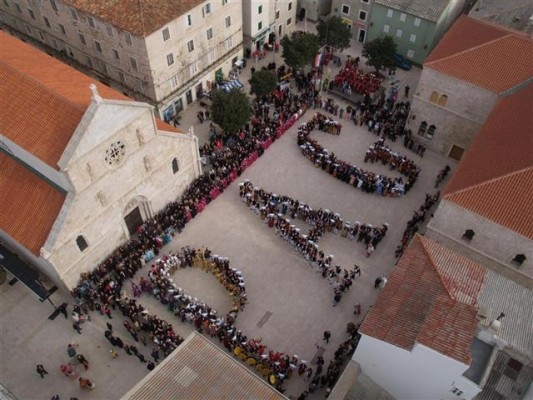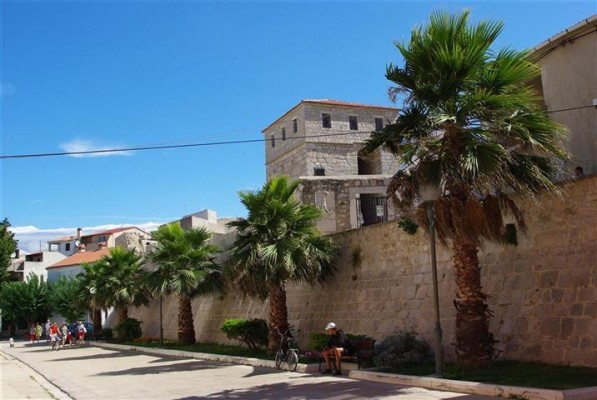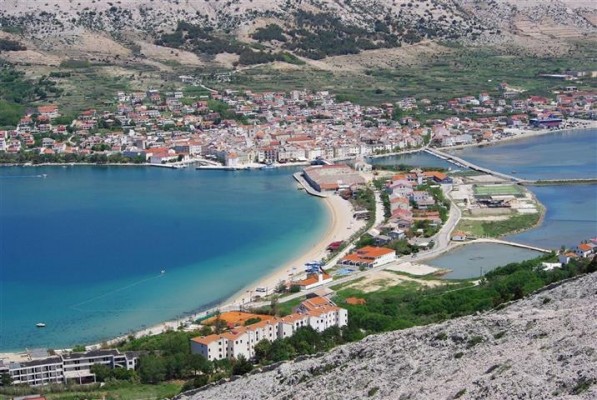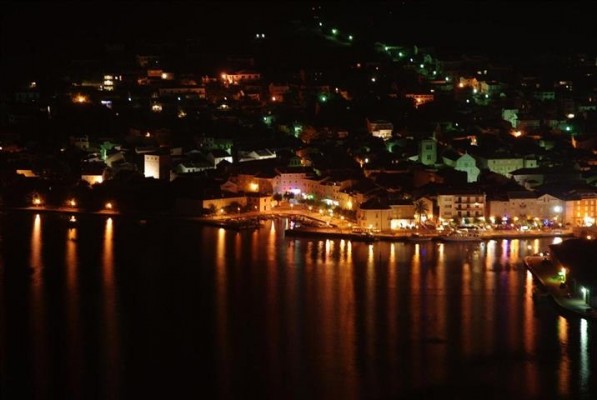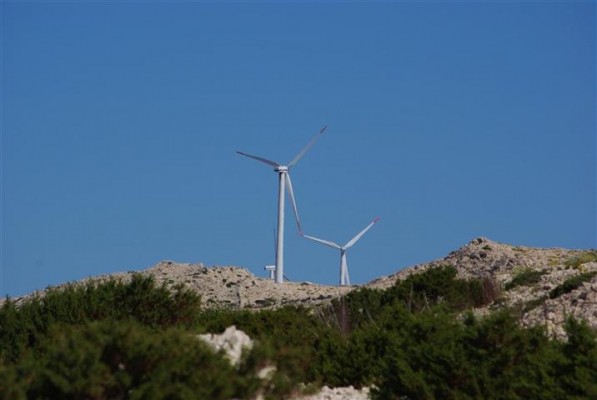
The new town of Pag emerged in the letter half of the 15th century based on an urban planning scheme on a vacant site near the salt pans. Previously, the people of Pag lived in Stari Grad (Old Town; today: the Old Town Shrine of the Virgin Mary and the archaeological zone). The town of Pag was built in the tradition of mediaeval masonry with a central square and four streets that divide it into four city blocks. The main square hosts all events of importance. It is bordered by the Parish Church of the Assumption of the Blessed Virgin Mary, the Rector’s Palace, the unfinished Bishop’s Palace, and the Loggia. The Pag Lace Gallery, Ethno Gallery, the Bartol Kašić exhibition space, and other cultural monuments are also nearby.The town’s basic urban structure has been mostly preserved. Stroll through its streets, find a hidden nook, meet residents who will gladly tell you what makes Pag so special, or a grandmother sitting in her traditional daily attire on a doorstep, proudly displaying her lace. In the early 20th century, the town of Pag extended beyond its walls, and new parts of town to expand with the development of tourism include Prosika, Vodice, Blato, Murvica, Bašaca, Sveta Jelena, and Bošana.








